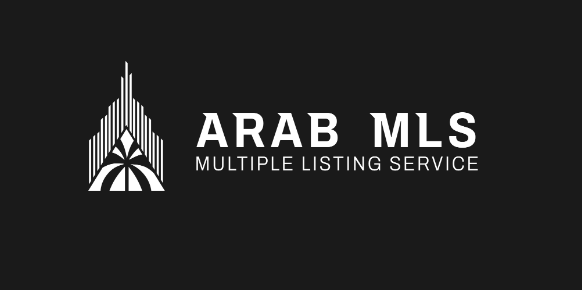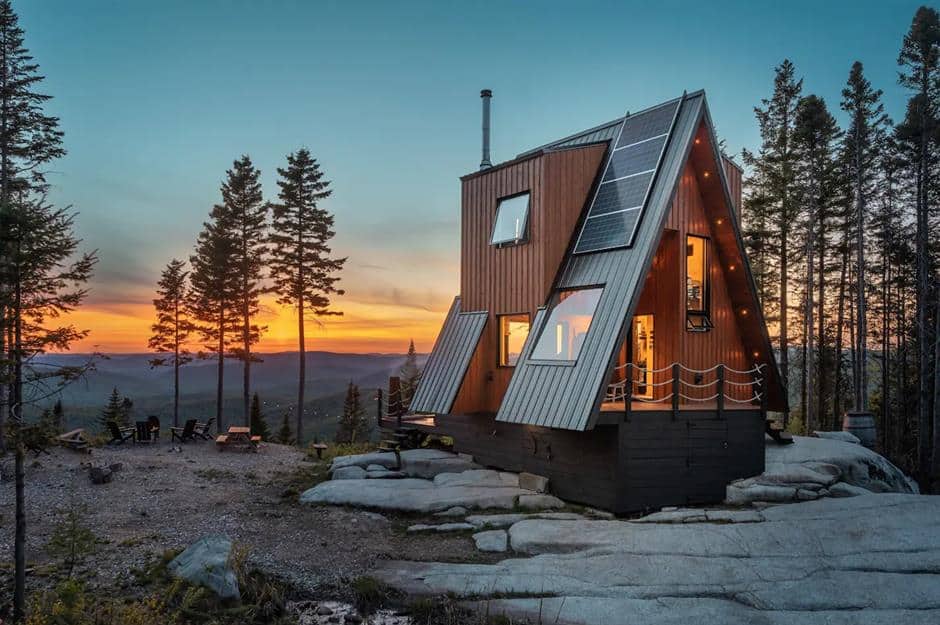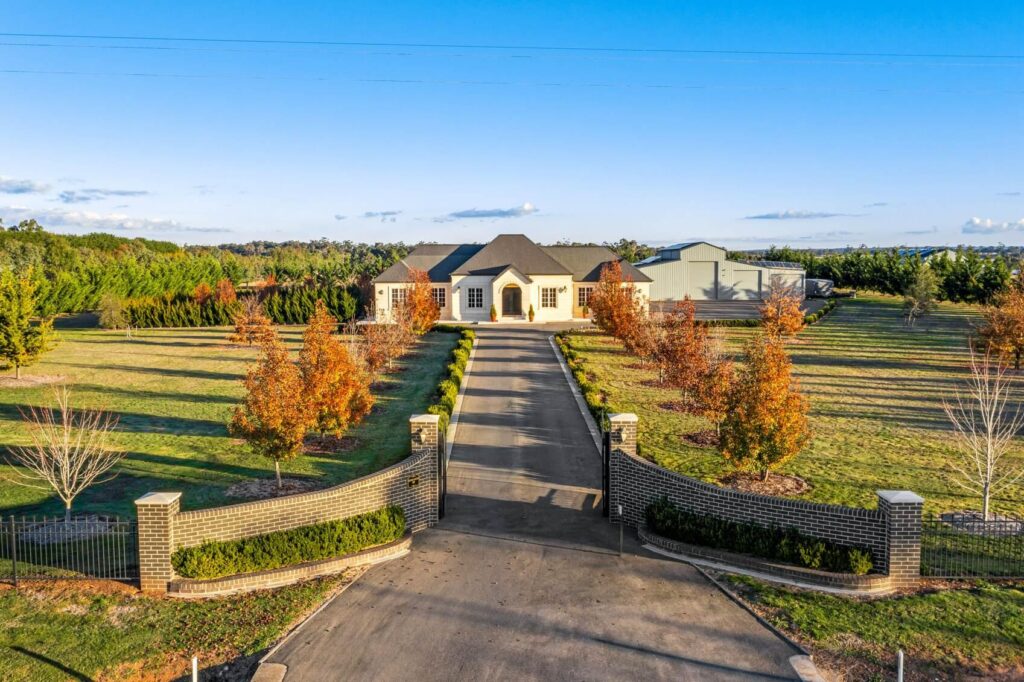In recent years, virtual tours have revolutionized the way properties are marketed and showcased in the real estate industry. Advancements in technology, combined with evolving consumer expectations, have made immersive, online property experiences not just a novelty but a necessity. For realtors and marketing professionals seeking to differentiate their offerings, creating and charging for virtual tour production presents an innovative revenue stream and a competitive edge.
The Rise of Virtual Tours in Real Estate
The adoption of virtual tours has accelerated significantly, fueled by clients’ demand for convenient, flexible, and detailed property viewings. This shift gained further momentum through circumstances such as global travel restrictions and social distancing protocols. Today, prospective buyers and renters prioritize the ability to explore homes from the comfort of their devices, enabling them to shortlist options efficiently before committing to in-person visits.
Unlike static photographs, virtual tours offer a dynamic, 360-degree perspective that captures spatial relationships and features more accurately. They provide a near-real-life walkthrough experience, allowing viewers to navigate rooms, examine details, and gain a comprehensive understanding of the property’s layout and atmosphere.
Why Realtors Should Invest in Virtual Tour Production
For real estate professionals, virtual tours enhance marketing efforts by attracting more qualified and engaged leads. Listings supported by immersive media tend to generate higher interest, longer browsing times, and faster transactions. Offering virtual tours also positions agents as forward-thinking and tech-savvy, boosting brand reputation.
Creating high-quality virtual tours involves more than simply using a 360-degree camera. It requires careful planning, precise shooting, professional editing, and sometimes integration with interactive elements such as floor plans, hotspots, and voiceovers. Given the skill and resources involved, many realtors are now structuring virtual tour production as a distinct service, charging for its creation to cover costs and add value.
This approach benefits both parties. Clients receive polished, compelling visual assets that improve market visibility, while real estate professionals generate an additional income stream and offset marketing expenses.
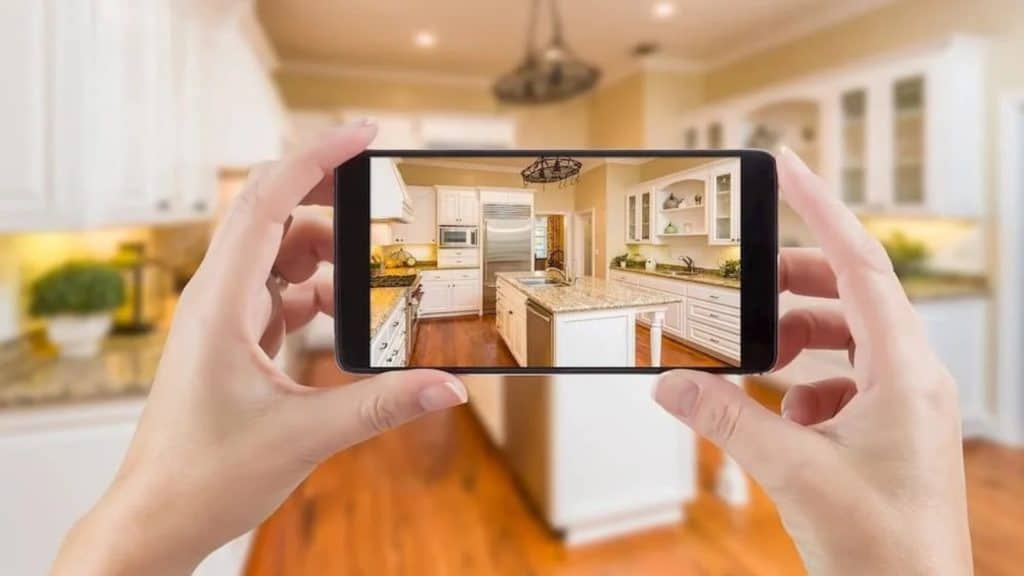
Understanding the Production Process
Producing a virtual tour begins with preparation. The property must be staged thoughtfully, ensuring cleanliness, adequate lighting, and decluttered spaces. This ensures that the final product presents the home at its best, highlighting key features without distractions.
During the shooting phase, specialized cameras capture high-resolution, panoramic images or videos. Expertise in camera placement and shooting sequences matters greatly, as it influences continuity, visual flow, and overall immersion.
Post-production is where the virtual tour truly comes alive. Skilled editors stitch images seamlessly, balance lighting, and adjust colors for a natural look. Additional features like navigation points, informational tags, and background music may be incorporated to enhance user engagement. The finished product is then hosted on dedicated platforms or embedded within listing websites, making it accessible across devices.
Pricing Models and Justifying the Cost
When introducing virtual tour production as a service, pricing strategy plays a pivotal role. Successful pricing reflects an understanding of the effort, equipment, and expertise required while remaining competitive in the market.
Several models exist, including flat fees based on property size and complexity or tiered packages offering varying levels of features. Some professionals offer bundled services, coupling virtual tours with professional photography or drone footage for a comprehensive marketing suite.
Transparency with clients is crucial when explaining costs. Many property owners may initially question the added fee, viewing virtual tours as a simple technical add-on. Demonstrating the tangible benefits—such as wider reach, faster sales, and a modern brand image—helps justify the investment.
Moreover, offering examples of previous virtual tours or customer testimonials can strengthen confidence in the value provided. Real estate agents can also highlight efficiencies gained through virtual tours, including reduced physical showings and fewer time-consuming visits, making the overall sales process smoother and less costly.
Navigating Technical and Legal Considerations
Successfully providing virtual tour production requires attention to technical and legal aspects. Equipment quality affects final resolution and user experience; thus, investing in reliable cameras and software is important. The rapid evolution of technology means staying current to offer cutting-edge services.
Data security and user privacy are additional concerns. Hosting platforms must protect client data and ensure secure accessibility. Additionally, property owners must consent to the use of virtual images, especially when tours feature personal items or sensitive aspects of the home.
Licensing considerations around copyrighted music or third-party content, when included in tours, must be respected to avoid legal complications. Real estate professionals offering these services should establish clear contracts outlining deliverables, usage rights, and terms of service to protect all parties involved.
Marketing Virtual Tour Services to Clients
Promoting virtual tour production entails educating clients about its advantages and demonstrating professionalism. Real estate agents can showcase virtual tours on their listings as a portfolio of work, illustrating what clients can expect.
Digital marketing channels, including website landing pages, social media, and email campaigns, help reach a broad audience of sellers and landlords interested in enhanced promotional tools. Hosting webinars or producing informational content that explains how virtual tours work and their impact on sales adds educational value.
Networking with real estate agencies, interior designers, and property developers can generate referrals. Positioning virtual tour creation as a bespoke, high-quality service differentiates providers from competitors offering basic photography packages.
Responding to Challenges and Setting Realistic Expectations
While virtual tours offer clear benefits, challenges exist. Technical glitches, slow internet connections, or incompatibility issues can affect user experience. Producers must test tours extensively across devices before final delivery.
Clients may sometimes expect virtual tours to deliver unrealistically, whether by exaggerating the sense of space or completely replacing in-person inspections. It is important to clarify that virtual tours complement rather than eliminate traditional viewing methods, helping buyers narrow down options efficiently.
Pricing pressure is common in competitive markets, but undercharging can compromise quality and sustainability. Setting realistic, value-based fees ensures professional standards are maintained.
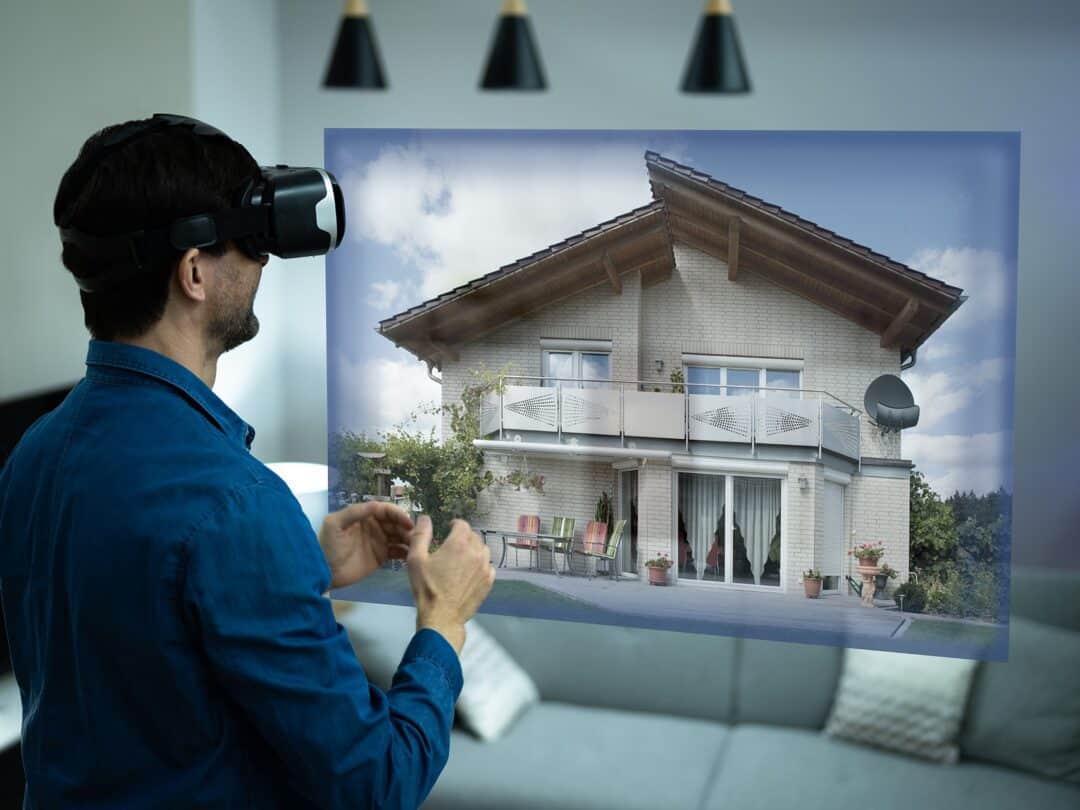
Future Innovations and Opportunities
The potential of virtual tours continues to expand with advances in augmented reality (AR) and virtual reality (VR). These technologies promise even richer, immersive interactions, allowing users to customize decor or visualize renovations.
In addition, artificial intelligence enhances virtual staging by inserting furniture and décor digitally, saving time and money. Integration with transaction management platforms could enable viewers to make offers or request visits directly from the virtual environment.
Real estate professionals who invest in these emerging tools will be well-positioned to meet evolving client expectations and stay ahead of market trends.
Conclusion
Offering virtual tour production as a charged service represents a compelling and contemporary opportunity for real estate professionals. By combining technological innovation with marketing savvy and client education, agents can enhance property visibility, provide enriched buyer experiences, and diversify revenue streams.
Though this venture requires investment in equipment, skills, and thoughtful pricing, its benefits resonate strongly in a market increasingly favoring convenience and digital engagement. Realtors who master the art of virtual tour creation forge new pathways in client service, setting themselves apart as leaders in the digital age of real estate. Through careful production, clear communication, and consistent quality, virtual tours become more than a visual tool—they become an essential bridge connecting buyers and sellers in an increasingly interconnected world.
Frequently Asked Questions
-
What is included in virtual tour production for real estate?
Virtual tour production encompasses shooting 360-degree images, editing, stitching visuals, and adding interactive elements to create immersive property experiences. -
Why should realtors charge for virtual tour production?
Charging covers costs for equipment, editing expertise, and time invested, while providing clients with professional-quality marketing assets that enhance property appeal. -
How is the pricing for virtual tour services determined?
Pricing often depends on property size, complexity, required features, and whether additional services like drone footage or professional photography are bundled. -
What equipment is necessary to create high-quality virtual tours?
High-resolution 360-degree cameras, stabilizers, and editing software are essential to produce smooth, visually appealing tours. -
Can virtual tours replace in-person property showings?
Virtual tours complement but don’t fully replace physical visits; they help buyers narrow options and save time before onsite inspections. -
How are virtual tours delivered to clients and potential buyers?
Tours are typically hosted on secure platforms or embedded in listing websites, accessible on desktops, tablets, and smartphones. -
Are there legal considerations when producing virtual tours?
Yes, obtaining permissions for showcasing properties, respecting privacy, and using licensed content is crucial to avoid legal issues. -
What future trends are shaping virtual tour technology?
Integration with augmented reality, virtual reality, and AI-powered staging is enhancing immersive experiences and interactive property visualization.

